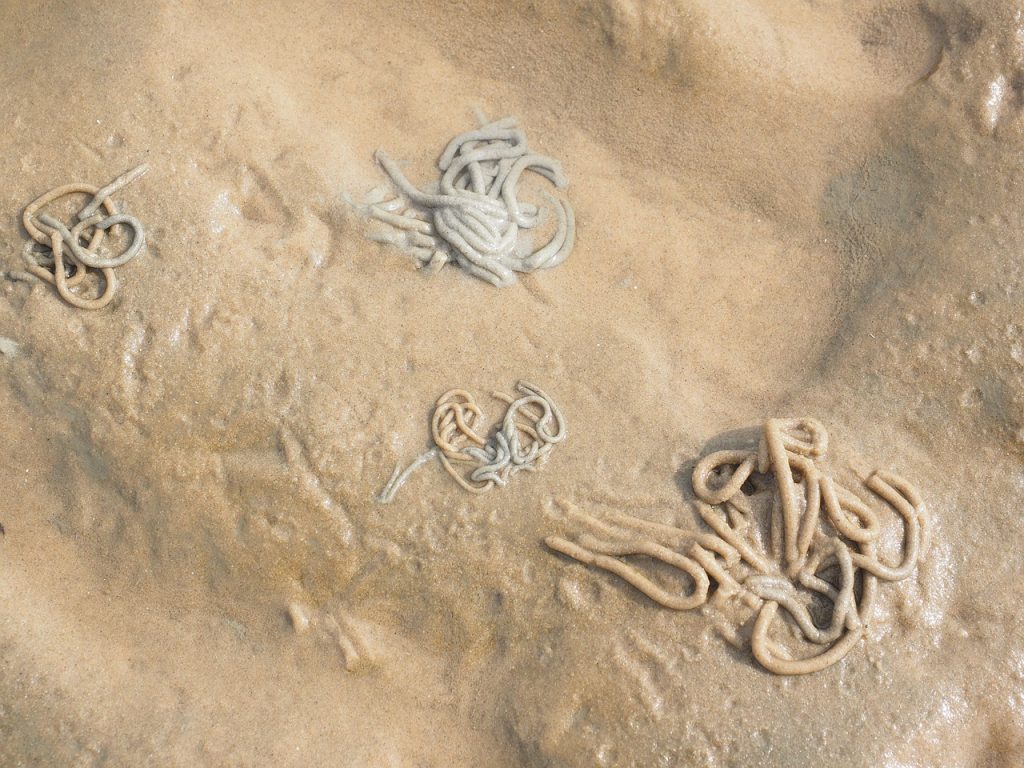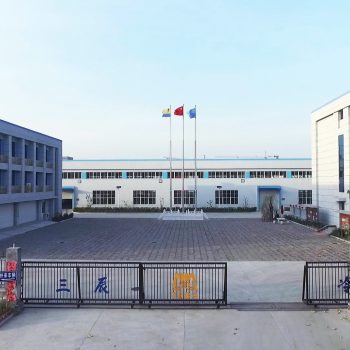The production of building materials is responsible for a significant proportion of CO₂ emissions. A new manufacturing process developed by a Chinese research team could provide an alternative. A Chinese research team was looking for a natural, low-carbon building material, as materials such as concrete, glass, steel, bricks and aluminum alone accounted for an estimated nine percent of global energy-related carbon dioxide emissions in 2021. These emissions are produced during the processing of the materials – for example, by burning fossil fuels at high temperatures during the production of cement. In their search, they were inspired by the underwater structures of sandcastle worms (Phragmatopoma californica). These marine creatures, which are around five centimetres long and are found on the Californian coast, build their honeycomb-like colonies by cementing grains of sand together.
To do this, the worms secrete an adhesive that binds the sand and shell fragments together. The specific bonding mechanism for this process is unclear. Nevertheless, the research team discovered that the adhesive secreted by the worms contains both positively and negatively charged proteins. These generate a strong charge attraction. For their research, the team used oppositely charged biopolymers (basic building blocks of living organisms) to bind different grains and to optimize the construction of the worms. In contrast to conventional manufacturing processes for building materials, this process requires neither high temperatures nor pressure.

The material can be made from sand grains and brick rubble and has a high breaking strength with a compressive strength that exceeds the design limit. The material retains its mechanical performance even when exposed to sunlight and can be sealed with paint, for example. It can also be produced on a large scale and only takes two days to fully cure – conventional concrete needs 28 days to reach its normal strength. Furthermore, not just any sand can be used to produce concrete. The Chinese research team’s material is more versatile, according to the study. It can be made from negatively charged grains such as desert and sea sand, coal slag, brick rubble, mineral residues and concrete slag. In addition, the material can be recycled by crushing and hydrating the blocks. They can then be reshaped. Due to the high demand for the special sands required for the production of building materials, the Chinese research team’s development process could represent an alternative in the future.
Find the full study here.










